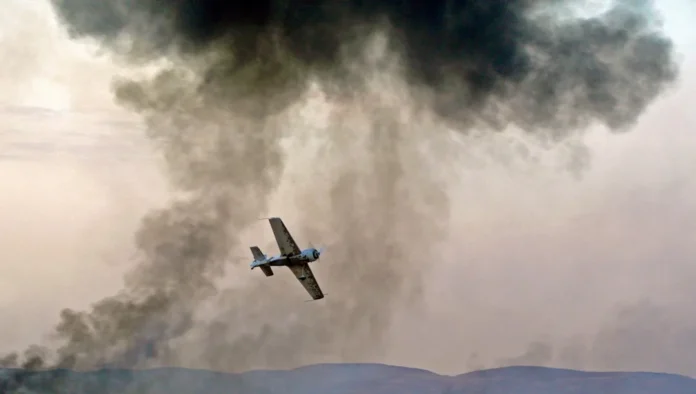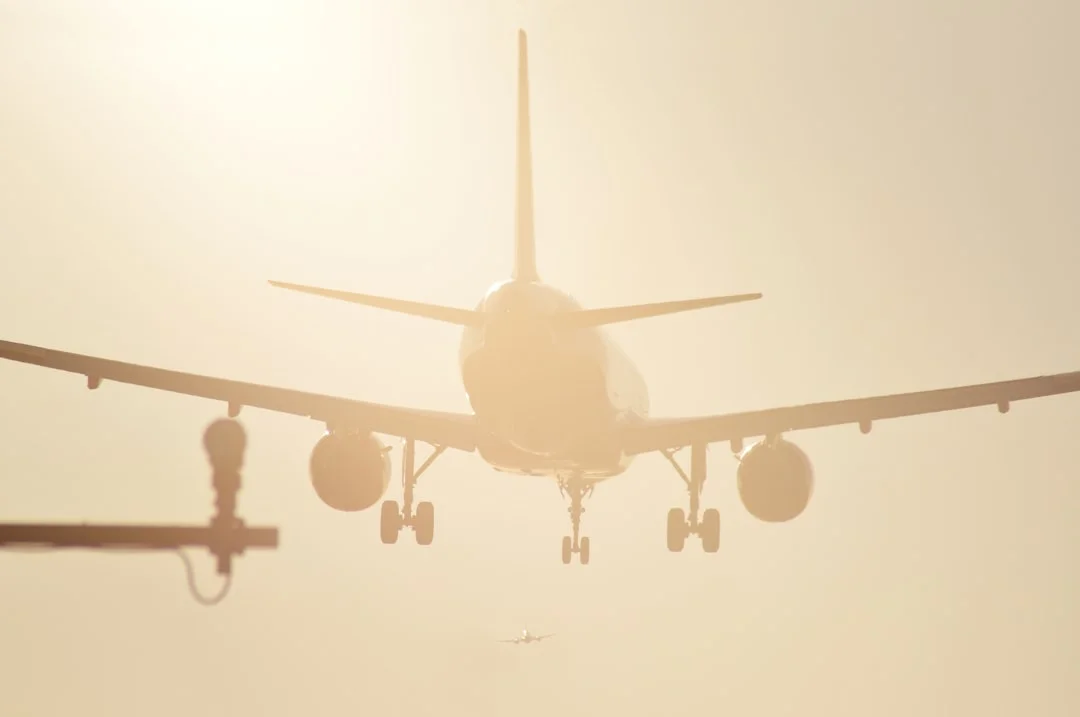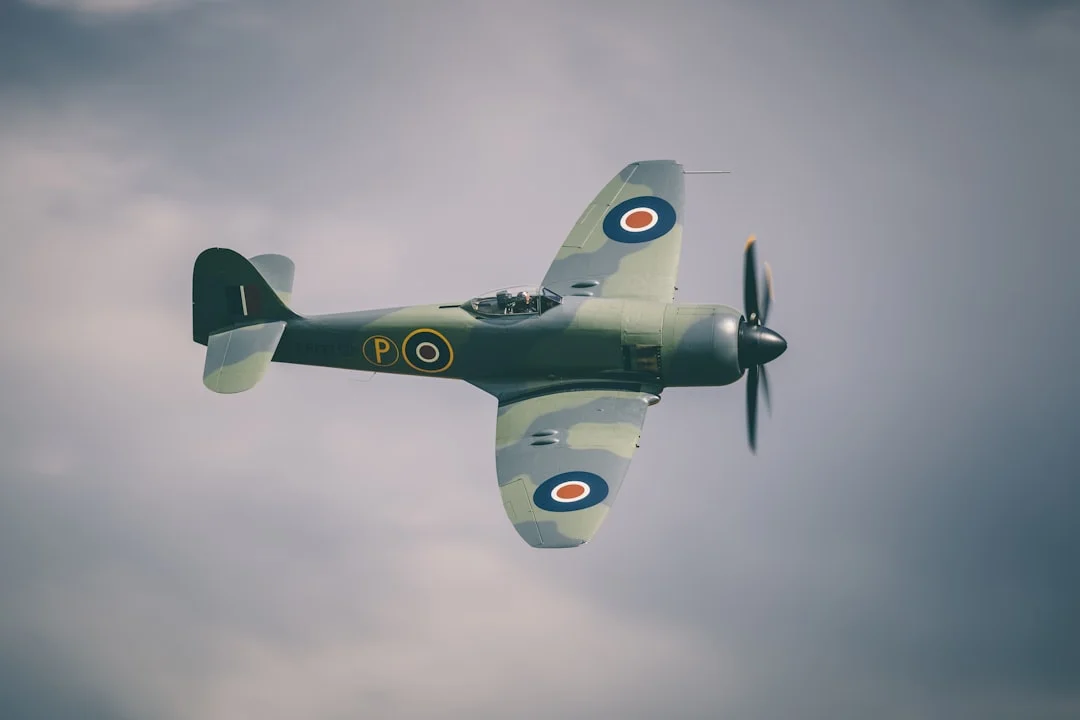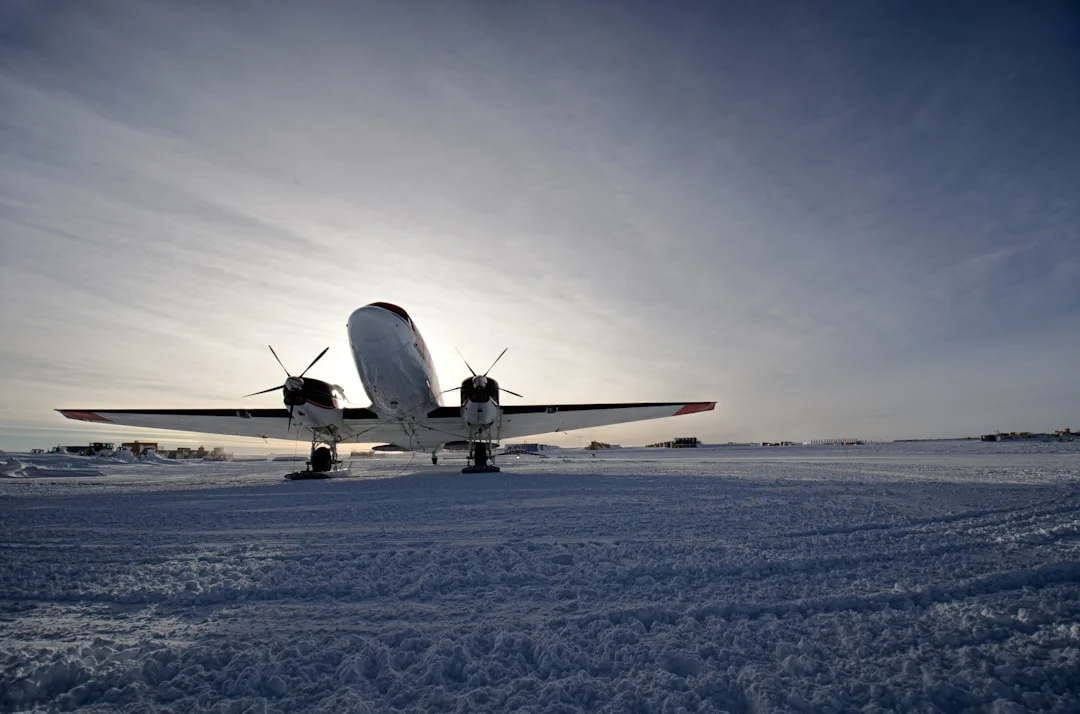Nose Wheel Steering (NWS) on the Airbus A330 is a critical avionics and hydraulic system designed to facilitate precise ground maneuvering of the aircraft. It controls the steering of the nose landing gear, enabling pilots to navigate taxiways, hold short lines, and perform tight turns on the ground. Understanding what is Nose Wheel Steering on Airbus A330 provides insight into the aircraft’s operational capabilities and safety protocols during ground movements.
The Airbus A330, a wide-body twin-engine airliner, relies heavily on its NWS system for ground handling. The system provides steering angles up to ±72 degrees, significantly aiding in reducing the turning radius during taxi operations. This system is primarily controlled via a steering tiller located on the captain’s and first officer’s side, and it can also be supplemented by the rudder pedals for smaller angle adjustments. The integration of electronic and hydraulic components ensures redundancy and reliability.
Contents
Nose Wheel Steering Mechanics and Components in Airbus A330
The Nose Wheel Steering on Airbus A330 involves a combination of sensors, hydraulic actuators, and control modules to execute precise movements. The steering control unit processes pilot inputs from the steering tiller and rudder pedals and commands the electro-hydraulic steering actuator attached to the nose landing gear. The actuator converts these commands into physical steering movements.
In terms of hardware, the NWS system incorporates two main electro-hydraulic power units (EHPUs), each driven by motor pumps operating at a pressure of approximately 3000 psi (pounds per square inch). These provide the necessary hydraulic force to turn the nose wheel assembly. Additionally, electrical feedback from potentiometers monitors the actual position of the nose wheel. This data is continuously relayed to the flight control computers for monitoring and safety checks, enabling automatic disengagement of the steering in cases where limits are exceeded or faults detected.
Nose Wheel Steering and its Role in Taxiing and Safety on Airbus A330
Nose Wheel Steering is essential for safe and efficient taxiing operations of the Airbus A330. Pilots use the NWS system extensively when maneuvering in congested airport environments or tight apron spaces. The system supports steering angles of ±72 degrees using the tiller, significantly tighter than what rudder pedals alone can achieve—typically around ±7 degrees. This capability allows the A330 to maintain excellent ground handling characteristics despite its large size and weight (maximum takeoff weight up to 242 metric tonnes).
The NWS system is also integrated with several safety features. For example, it automatically limits steering angle at high speeds (above approximately 45 knots) to prevent oversteering that could damage the nose landing gear structure. Additionally, there is an emergency reversion mode that allows manual steering control in the event of hydraulic or electrical system failures, ensuring the aircraft can still be guided safely. Maintaining the NWS system’s integrity is a crucial part of pre-flight and maintenance inspections.
Technological Advancements and Maintenance of Nose Wheel Steering on Airbus A330
The technology behind Nose Wheel Steering on Airbus A330 has evolved with improvements in electronic control units (ECUs) and hydraulic system efficiency. Modern A330 models incorporate fail-safe software algorithms to detect anomalies and automatically disengage the NWS if unusual forces or electrical faults are detected. This is complemented by regular predictive maintenance schedules that rely on system performance data harvested during operation. These improvements enhance safety and reduce downtime.
Maintenance procedures for the NWS system include checks on hydraulic fluid pressure, inspection of the actuator and linkage assemblies, and verification of electrical connections and sensors. Airbus provides detailed maintenance manuals emphasizing the operational importance of maintaining a leak-free hydraulic system at 3000 psi and ensuring the precision and responsiveness of the steering tiller and actuator alignment. Operators can access further technical data and manuals through official Airbus maintenance platforms and [A330 technical documentation](https://www.airbus.com/en/products-services/commercial-aircraft/a330-family).
Conclusion: The Importance of Nose Wheel Steering on Airbus A330
What is Nose Wheel Steering on Airbus A330 is best understood as a sophisticated combination of mechanical and electronic systems designed to optimize ground handling and safety. This system allows the massive aircraft to maneuver within confined airport spaces with precision and reliability. Without this system, safely taxiing an aircraft that can weigh over 240,000 kilograms while carrying hundreds of passengers would be far more challenging.
As aviation technology advances, the Nose Wheel Steering system continues to see improvements that enhance safety, responsiveness, and maintainability. For pilots and ground crews alike, a well-maintained NWS system is indispensable to the safe operation of the Airbus A330 on the ground.
For More: What is FMA on Airbus A330? (Flight Mode Annunciator)




